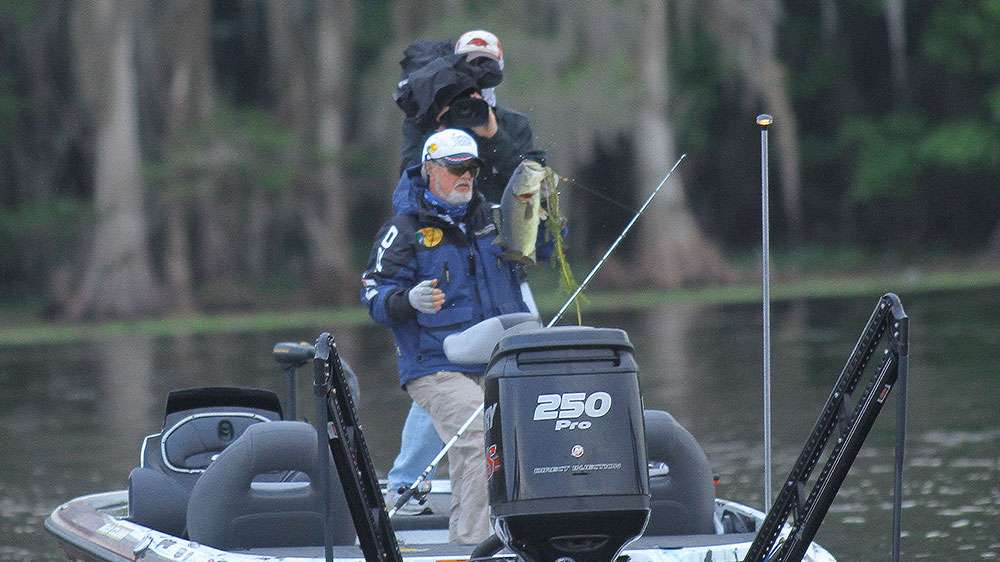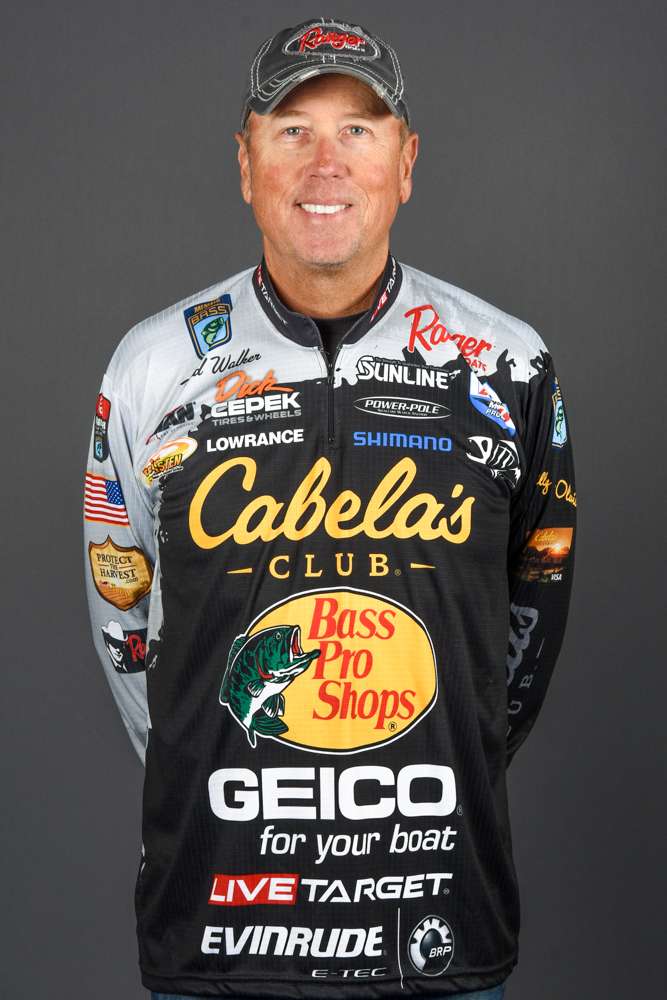
If you are a fan of pro fishing, by now you have probably seen some of the footage of Rick Clunn’s remarkable win on the St. Johns River. Clunn was casting and winding for a reaction bite, his signature technique.
Watching Clunn’s footage, I was immediately taken back to a time some 20 years ago when pro fishing was a much different game.
Back then top pros had their own shtick, so to speak, and they made that shtick work everywhere they went.
Tommy Biffle and Denny Brauer were flippers. They were going to flip if it was winter, summer, high water, low water, clear water, dirty water, Lake Okeechobee or Lake Erie – pitching and flipping was their game, period.
David Fritts was going to crank offshore, somehow, someway. Mostly all he ever had on his deck were crankbaits.
Shaw Grigsby was going to sight fish, no matter what. So how does a sight fisherman survive all year just sight fishing? It’s because he knew that technique so well. Grigsby could make sight fishing work for him for a much longer period of time than just the textbook 70-degree spawning period.
Zell Rowland was going to catch them on Pop-R, no matter if the water temp was 57 degrees or 87 degrees.
Ken Cook was to going to throw a spinnerbait anywhere and everywhere.
Ditto with Hank Parker.
Jim Bitter was going to throw a jerkbait.
Paul Elias claimed “kneeling and reeling” as his own.
Larry Nixon was going to throw a worm.
Peter T was going to be slinging a Carolina Rig and doing it better than anyone else.
The list goes on, and you get the point. These guys were the absolute masters of their techniques. And rarely did one specialist try to dupe another specialist’s gig. Fritts didn’t troll the flats looking for spawning fish in March, and Grigsby didn’t idle the ledges looking at a flasher all day in June. Biffle didn’t drag a Carolina rig on points, and Peter T didn’t run 70 miles up a river to the very back end of a tributary to pitch bushes in dirt shallow water.
Back then pro fishing was kind of like a karaoke bar where each of the local patrons had “their” song that only they sang, and no one else even dared to attempt it.
Watching Clunn at Palatka reminded me of that time and how that specialist era has faded. The karaoke bar has now turned into a multilevel dance club where 10 different DJs are each mixing five different beats simultaneously. There is no such thing as having your “own song” in the karaoke machine any more.
One of the first things I noticed was Clunn had just two rods out: one in his hand and one on the deck. He was pretty much hunting with just one arrow.
In the modern era of pro fishing, anglers now have a deck loaded with 25 rods, ready to do anything and everything at a moment’s notice. Every time a tournament is won, the race is on to buy the winning lure and get it on deck. A guy will have a speedworm tied on at Beaver Lake because that’s what won at Toho four months ago.
Rod number 26 is now on the deck.
If you went through boat check with 26 rods on your deck at a B.A.S.S. Top 100 in 1995, your competitors would look at you and say, “Man, you are lost aren’t you?”
Today if I go through boat check with just two rods strapped to the deck, guys will ask, “Did someone steal your stuff?”
Everything has become sort of homogenized. Everyone is trying to be good at everything instead of trying to be great at something. If the fish are spawning, everyone is a sight fisherman. If it’s June on the TVA, everyone is a ledge fisherman. If the water is in the bushes, everyone is a flipper.
This is how our sport has evolved. I’m not condemning the evolution. Versatility became king and a key to survival out here on tour; I’ve got plenty of rods on my deck these days, too.
It’s just that watching Clunn with his one arrow made me a bit nostalgic for those days when pro fishing seemed to be more about the Indian rather than the number arrows in his quiver.

